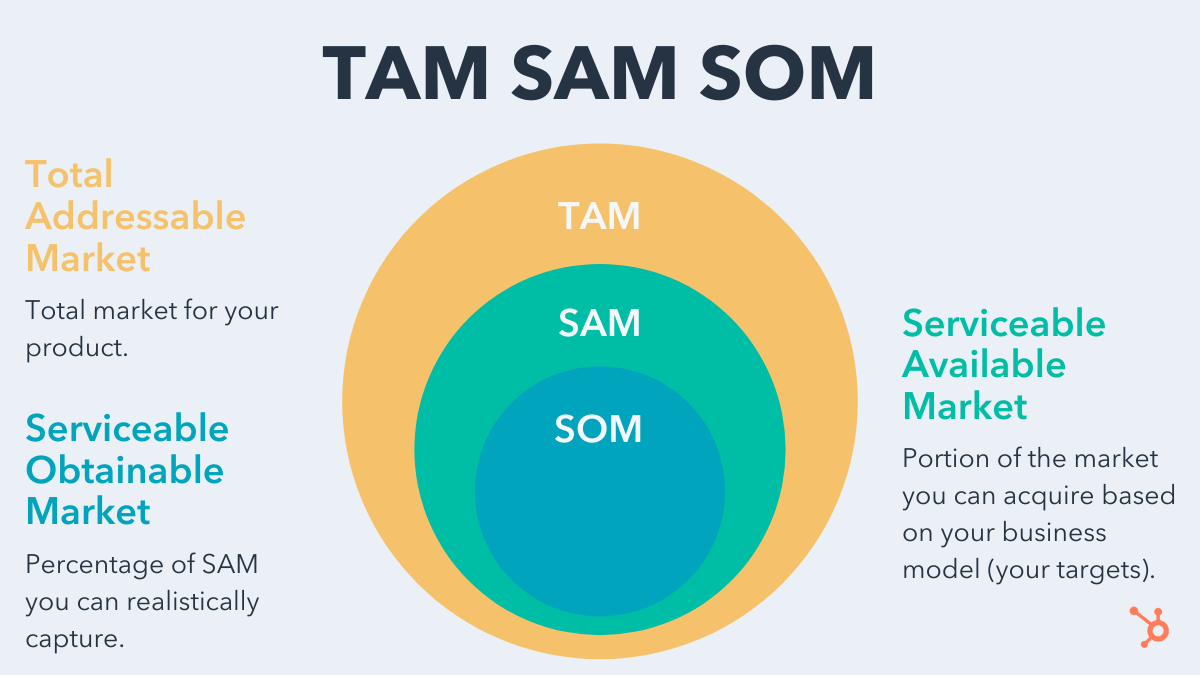The Asia-Pacific region is growing rapidly and is home to countries that have a high GDP. It’s fast becoming a top investment destination for organizations looking to expand.
There is no better time to start your business in Asia-Pacific than now. Asia-Pacific is now the world’s fastest-growing region, with GDP increasing by 5.4% in 2017. This has created a real opportunity for business owners in Asia-Pacific to ride the waves of growth and establish themselves within the market.
However, it can be difficult to know where to start. In this guide, we will not only look at where to start but also look at some of the tools we can use to calculate market potential and size and advice on how to use them.
For businesses looking to break into the market, it’s important to understand how to calculate market potential to ensure that their return on investment will be positive.
Whether you’re an online business, a brick-and-mortar business or just a small startup, marketing your product or service has become more important than ever before.
As the population increases, so does the competition for your target market.
So how do you know if there’s a market for your product or service?
And if there is, how much is it worth?
What is the market potential?
The first step in defining the market size is to determine the market potential.
The market potential is not just the total number of people in a country, but the number of people who actually have a need or desire that your product or service can fill.
It’s important to determine the market potential when you want to sell to a region, not just the total number of people in that region.
What is the market size?
Market size refers to the size of the overall market for a business, product or service. It’s often thought of in terms of the potential or existing market share. While understanding market size is important for any business, it’s especially important for businesses that sell products or services to a regional or global audience.
That’s because regional or global market size affects your business’s potential market share.
For example, let’s say your business sells kitchen appliances to the Australian market. Your market size is the total number of people in Australia, and your market share is the number of people who buy the type of appliance you sell.
While it may seem abstract, market size affects your business’s bottom line.
How to calculate your market size?
Market sizing (or market potential) is a popular topic for research or statistical analysis. It is an important measure, as it helps estimate the potential sales of a business or a product in a certain market.
The problem with most business owners is that they don’t know how to size their market properly. There are many ways to size a market. But there are only really two main types of methods: top-down and bottom-up.
What are the various ways to calculate a market size?
The following is a list of market sizing methods that can be used to calculate the market size.
- To calculate the market size, a company needs to define the market first.
- To understand the product or service that can be sold in the market, companies need to conduct a competitive analysis as well as a gap analysis (i.e. current offerings vs. potential offerings).
- The geography of the market should be defined based on where the company wants to make money from.
- If a company is going to sell its product or service globally, then the entire world is the geography.
For each geography, the following core parameters need to be defined: –
- Total Population
- Total GDP
- Per Capita GDP
- The population of their target market
- Total Number of Internet Users
- Number of Internet Users in Age Groups or Geographic Segments
- Number of people using mobile devices (smartphones or tablets)
- Number of people using social media/networking sites
TAM, SAM & SOM - how they help in calculating the market size

What is Total Addressable Market (TAM)?
Total Addressable Market, or TAM, is the total size of the market for a product or service. It is the upper limit of the potential market for a company’s products or services.
The total addressable market is the number of potential customers or the total demand for a product or service.
It is important for companies to understand their TAM, as it can help them to set realistic growth goals and to make informed decisions about where to allocate resources.
If you are launching a new foot massager then the total number of foot massagers being sold in Australia in $ values
You can take into consideration the number of foot massagers being sold using brick-and-mortar shops & pharmacies.
What is Serviceable Addressable Market (SAM)
The serviceable addressable market (SAM) is the portion of a market that is able to be served by a company, using its current products and services.
This is usually calculated as the total addressable market (TAM), minus the unserviceable addressable market (UAM).
The SAM is important for companies to understand as it represents the maximum potential revenue that can be generated from selling to customers within that market.
If the foot massager has a TAM of $100 million, but its UAM is $20 million (let us not take into consideration the population of kids & young people below 30) then its SAM is $80 million. This means that the company can potentially generate $80 million in revenue by selling to customers within that market.
It’s important to note that the SAM is not always the same as the actual market size, as it only represents the portion of the market that can be served by the company.
In some cases, the SAM may be much smaller than the TAM, and in other cases, it may be larger.
Companies should always be aware of their SAM, as it can help them to better understand their potential revenue and growth within a given market.
What is Serviceable Obtainable Market (SOM)
Serviceable Obtainable Market (SOM) is a tool used by businesses to assess the potential market for a new product or service.
It is based on the concept of a serviceable market, which is the portion of the total market that is able to be reached and served by a company. SOM takes into account factors such as geographical location, customer needs and preferences, and competition.
For example, how many foot massagers are being sold online? This is the maximum market value of your company based on this target market and if you want to just sell online.
To calculate SAM, add up all the relevant product sales across the market (so, add up figures for online purchases of foot massagers).
The SOM analysis is a crucial part of any market entry strategy and can help businesses determine whether a new product or service has the potential to be successful in a given market.
When conducted properly, SOM can provide insights that can help businesses make informed decisions about their market entry strategy.
FAQs for doing business in the Asia-Pacific region
What is the cost of doing business in the Asia-Pacific region?
The cost of doing business in the Asia Pacific region can vary widely depending on the country. In general, labour costs are lower in Asia than in developed countries, but other costs such as land, infrastructure, and raw materials can be higher.
Additionally, the level of regulation and bureaucracy can vary greatly from country to country, and this can impact the cost of doing business.
Overall, the cost of doing business in the Asia Pacific region is highly dependent on the individual country and the specific industry.
Businesses should research the cost of doing business in specific countries before making any decisions.
What are the legal aspects of launching businesses in the region?
The answer to the question depends on the legal framework and the legal dynamics of the region.
One of the most important steps to consider is the registration of a legal entity, usually a limited liability company, which you can choose to do at the same time to apply for a business license.
However, there are certain types of businesses that require additional licenses and permits.
In some countries, a business license can only be applied for after the company has been registered and there are certain countries that don’t allow foreigners to register a company in their jurisdiction, so you should check beforehand.
If you register online, the process is usually straightforward and consists of providing specific information about the company, its directors and their relevant details, as well as a description of the business activities to be conducted.
It is also typical to have to pay registration fees, including any applicable taxes. In some jurisdictions, it can take a few weeks to process the documents, but it might be possible to pay an additional fee to have them processed in a shorter space of time.
How to get funding for your business in the Asia Pacific?
There are a few ways to get funding for your business in the Asia Pacific.
One way is to get a loan from a bank. Another way is to get an investment from a venture capitalist. Yet another way is to get a grant from a government agency. To get a loan from a bank, you will need to have a good business plan and a good credit history.
To get an investment from a venture capitalist, you will need to have a good business plan, product-market fit and some solid numbers.
To get a grant from a government agency, you will need to have a good business plan and a good track record.
When it comes to the market size for your product or service in Asia-Pacific, there are many factors that go into the calculation. The most important thing to remember is that the market size will depend on the product and the geographical area you are looking at.
Conclusion
To learn more about Asia-Pacific market demographics please visit our country-specific pages.
At Research Network, we provide participants for Market Research studies.
Research Network can help you find participants for your big market research covering 11 Asia-Pacific countries. If you have any further questions on how to make the most of business in Asia-Pacific, we are always available to answer your queries.
Research Network is a user Testing Recruitment Agency based in Singapore with APAC-wide capability. We have a diverse panel of high-quality participants. We can recruit for both consumer and business testing across all demographics and industries.


